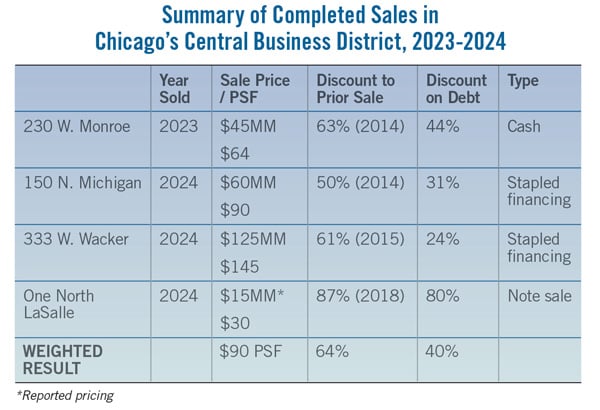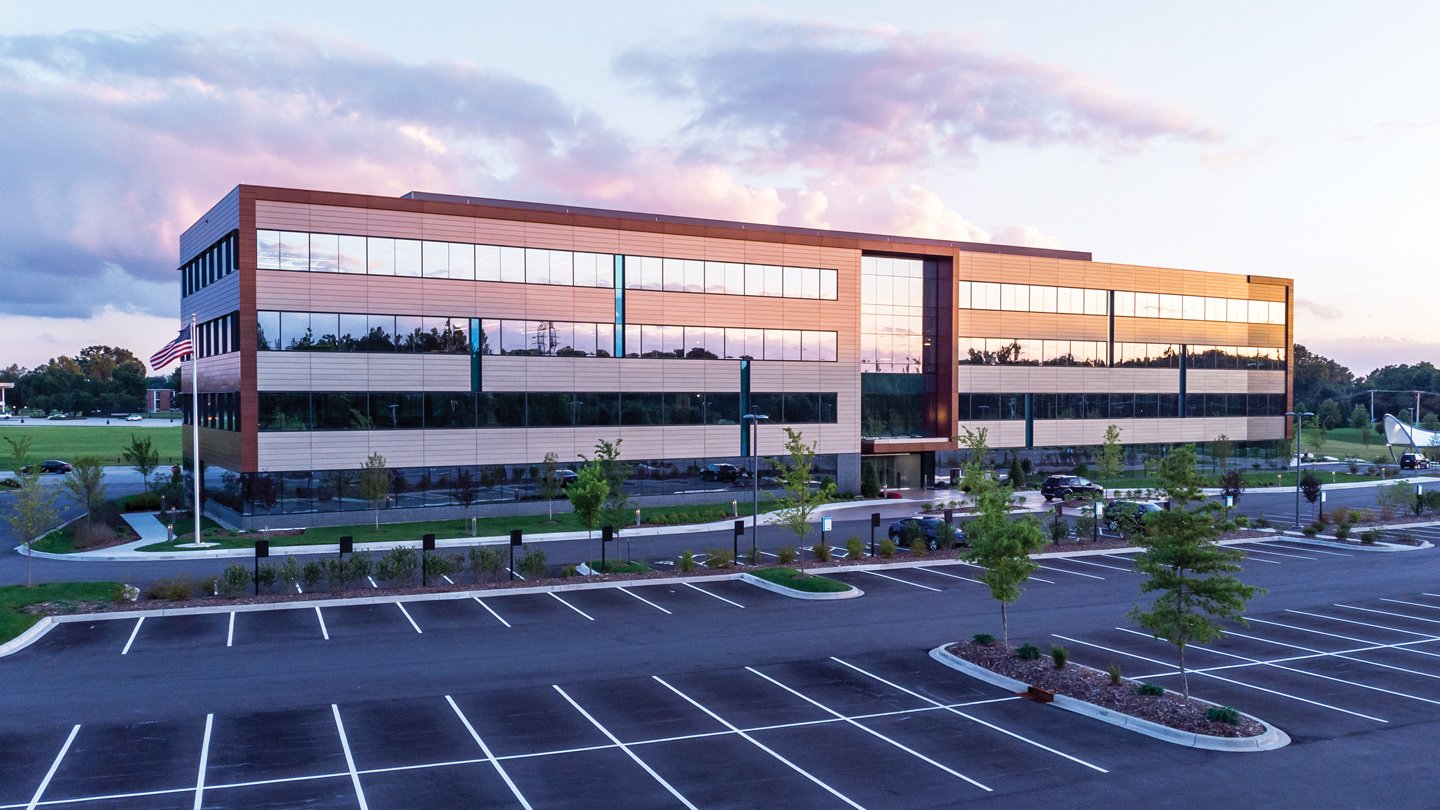Understanding the difference informs successful investment strategies.
Since the early days of the COVID-19 pandemic, investors have been waiting on the sidelines to take advantage of distressed properties, hopeful the event would trigger something akin to the steep discounts available during the Global Financial Crisis (GFC). Funds, high-net-worth investors and family offices have been “stockpiling cash,” according to a February 2024 Wall Street Journal article. This strategy will allow them to move quickly on discounted properties. However, banks have learned lessons from the GFC and, this time around, have been more cautious about unloading their book of CRE loans. As a result, this current economic cycle has featured fewer distressed opportunities.
To date, strong operating fundamentals have allowed some owners to avoid significant price reductions that many have been anticipating. However, the tide may be starting to turn, as investors are finally starting to see emerging opportunities. The problem is the blurry line that exists between an asset that is value impaired and one that is truly distressed. It is critically important for investors to understand the difference between the two.
Distressed assets are underperforming the market. A distressed asset is one where the ownership is unable to meet its debt obligation because of below-market occupancy. This condition worsens as tenants exit leases near expiration or exercise their right to terminate the lease. From a lender’s perspective, a distressed asset is in technical default, which requires the bank to maintain a greater capital reserve to offset the potential loss.
Value-impaired assets are an effect of high interest rates. Alternatively, a value-impaired property is performing at or above market standards but receives a lower valuation due to market conditions. These properties have relatively stable occupancy, active leasing activity and rents that meet the market. Despite healthy property-level performance, the higher cost of capital has suppressed the asset’s value and poses a refinancing risk based on today’s interest rates and valuations. Many of the value-impaired properties in March 2022, just prior to the start of rising interest rates, had valuations that were at least 1.5 to 2 times greater than their values today.
Value-impaired properties typically have a current and performing loan, although the bank may have placed the loan on a watch list, particularly if the property is nearing a debt maturity or is inside its debt-service coverage ratio (DSCR) or minimum occupancy requirements. A value-impaired property may need a capital infusion to meet a tenant lease requirement or pass the DSCR test.
Choosing the Right Strategy
An acquisition strategy will be different for a distressed property versus a value-impaired property. When pursuing a distressed property, investors should prepare for an up-front capital improvement plan and a longer recovery timeline. There will be a larger spread to recovering the cash flow to a justifiable return on investment, thus a lower starting basis relative to the anticipated exit valuation — which is difficult to assess in today’s office market. A distressed property may alternatively require repurposing the asset’s use or demolishing it for redevelopment into a higher and better use. Investors with the right capital profile will find distressed properties trading for pennies on the dollar.
For a value-impaired acquisition, the investor will also benefit from a reduced basis but will have to wait out what feels like an indefinite period for market valuations to restabilize and institutional funds to return with core capital-priced money. When that occurs, the investor can sell or refinance at more favorable terms. Meanwhile, the investor will need to have capital on hand — either stockpiled from cash flow after debt service, frontloaded or available via a capital call — for a variety of operational needs, like amenity improvements, security upgrades, lease rollover, renewals, downtime and tenant-improvement packages.
Chicago Seeing Deep Discounts, But Capital Starting to Drip
Between 2022 and 2024, Chicago’s central business district has had 16 office properties in and out of the market. Four have sold (see table), four have been taken off the market, and eight remain in play. Most have existing debt, to which lenders are either directing a cooperated loan-to-title sale or a straight note sale.

There is a perception that pricing levels are identified, but the gap between perceived value from the two parties at the table may still be too wide, so the can may end up being kicked even further down the road.
A case in point is 161 North Clark, a 50-story tower in Chicago’s North Loop. The press reported a sale to a buyer, but the contract expired when the two parties were not able to agree on reset terms. The lenders — now the owners of the property via a consent foreclosure process — have the advantage of a reset basis and loan structure and are flush with cash from having deferred debt payment during the negotiated loan amendment to foreclosure. The new ownership can now transact, stabilize the asset and eliminate the “distressed” perception the property carried during the prior ownership and through the sale and foreclosure process.
This story is playing out around the country. San Francisco and Washington, D.C., have seen some early trades out of the gate, while New York has been in more of a wait-and-see holding pattern. Chicago is strongly positioned given the commitment of local officials to support the Google headquarters relocation, retain Chase in its long-time headquarters, and support the conversion of select office buildings to residential use.
Ultimately, office supply within all these markets will rightsize to accommodate the overall reduced demand. It may take seven to 10 years to play out, but once it does, market stabilizations will have occurred and a pent-up demand for new construction with advanced technological space will become reality. Investors in distressed or value-impaired properties will be forced to become even more creative with repositioning and applying capital than in past cycles, which had more favorable interest rates and recovery paths. Each market downturn has been unique, but this time is turning out to be the most challenging for major-market, institutional-grade office properties.
David Camins is a principal of Xroads Real Estate Advisors. An earlier version of this article appeared on the Market Share blog (blog.naiop.org).






